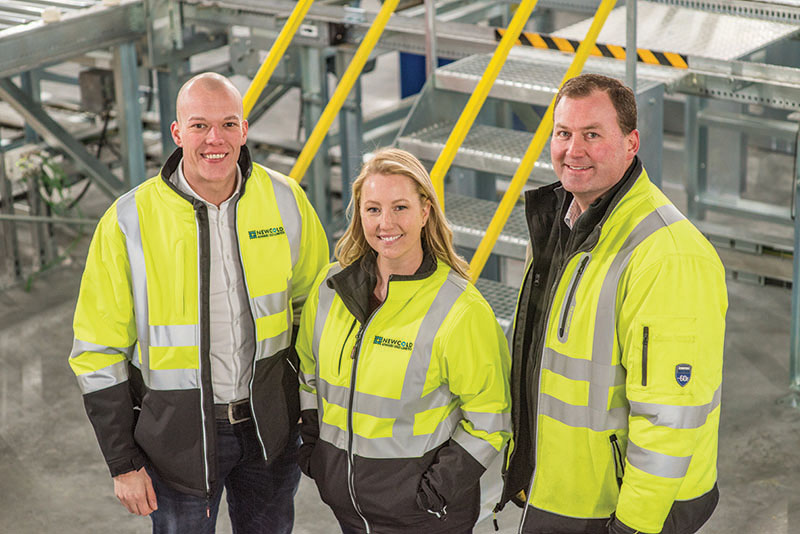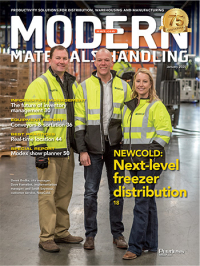Next-Level Freezer Distribution
In Burley, Idaho, NewCold built a 180,000-square-foot freezer distribution center that brings a new level of efficiency to handling frozen food, including a tight integration with its customer’s operations.
Cold storage and distribution is one of the hottest growth areas in distribution. In Burley, Idaho, NewCold has built its second North American freezer DC to manage the distribution of frozen foods for McCain Foods, the world’s largest manufacturer of frozen French fries and potato specialties.
Take an inside look into the layout of the New Cold distribution center
The $90 million, 180,000-square-foot facility was designed to support the logistics needs at McCain’s nearby $200 million state-of-the-art processing plant expansion. With a high-bay warehouse reaching 140 feet high and featuring seven stacker cranes servicing 90,000 pallet positions, it is one of the largest freezer distribution centers in the United States, and one of the most automated, taking frozen food distribution to the next level.
The facility, which operates at -5°F and with oxygen levels lowered to 16.5% for fire prevention, also features automated trailer loading and unloading, a conveyor system handling the primary transportation throughout the facility and automatic replenishment of the mixed-pallet picking area.
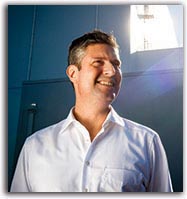 Perhaps most importantly, operations at the facility are tightly integrated with McCain Foods’ production schedule, eliminating the need for finished goods storage space at the processing plant. “As an operator, we design around our needs, but we believe we get the most optimal solution when we design in collaboration with our customer,” says Jonas Swarttouw, NewCold’s business development manager in North America. “Our challenge here was to design a facility that was not only efficient but could support a large production volume while being flexible enough to handle McCain’s growth. We designed a solution that worked for their transportation partners and is very sustainable at the same time.”
Perhaps most importantly, operations at the facility are tightly integrated with McCain Foods’ production schedule, eliminating the need for finished goods storage space at the processing plant. “As an operator, we design around our needs, but we believe we get the most optimal solution when we design in collaboration with our customer,” says Jonas Swarttouw, NewCold’s business development manager in North America. “Our challenge here was to design a facility that was not only efficient but could support a large production volume while being flexible enough to handle McCain’s growth. We designed a solution that worked for their transportation partners and is very sustainable at the same time.”
And, it was done on a tight time frame of roughly two years from the first meeting in the spring of 2017 to the receipt of the first products in the spring of 2019.
Focus on cold storage
With headquarters in the Netherlands, NewCold describes itself as “a leader in developing and operating highly automated cold stores,” and as the “fastest growing specialist in automated cold storage, with world-class and energy efficient systems, making it stand out from conventional cold storage companies.”
At present, it has 750 employees worldwide and operates eight locations on three continents. This includes two facilities in North America: the Burley, Idaho, facility, which went live in the spring of 2019; and a facility in Tacoma serving the Tacoma and Seattle ports, with eight automated storage and retrieval (AS/RS) stacker cranes, 102,000 pallet positions and daily throughput capacity of 4,000 pallets. In addition to freezer storage, NewCold’s portfolio includes ambient and refrigerated temperature offerings.
According to Swarttouw, automation is in NewCold’s DNA. The company contends that automation “is the only way forward to deal with the challenges of a modern supply chain,” which includes eliminating product damage, creating reliable and predictable operations in forbidding environments and ensuring a sustainable cost over time.
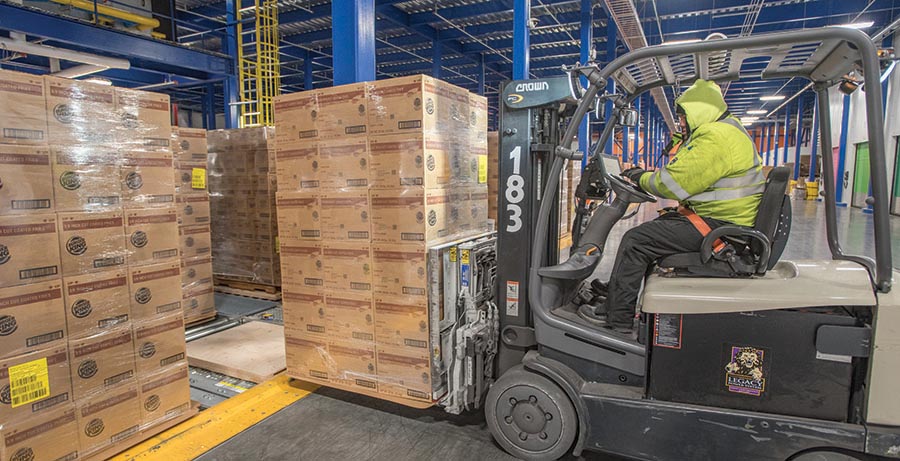
After receipt, pallets are loaded onto slave pallets for storage.
The company was founded in 2012, but its origins go back to a team that was formed in the early 2000s to create one of the first highly automated freezer warehouses in Europe. “We identified some of the trends you’re now seeing in the U.S.,” says Swarttouw. “There was a consolidation of food processors, which meant that we had to serve larger volumes of product in an efficient way.” At the same time, warehouse labor, especially warehouse labor willing to work in a freezer, was scarce while there was a growing awareness of the high energy costs and the carbon footprints associated with operating bigger and bigger facilities. “Operating multiple facilities was not efficient, so customers wanted larger centralized distribution centers,” Swarttouw says. “But building facilities with a bigger footprint was less efficient because you ended up with lift truck operators driving a marathon during a shift.”
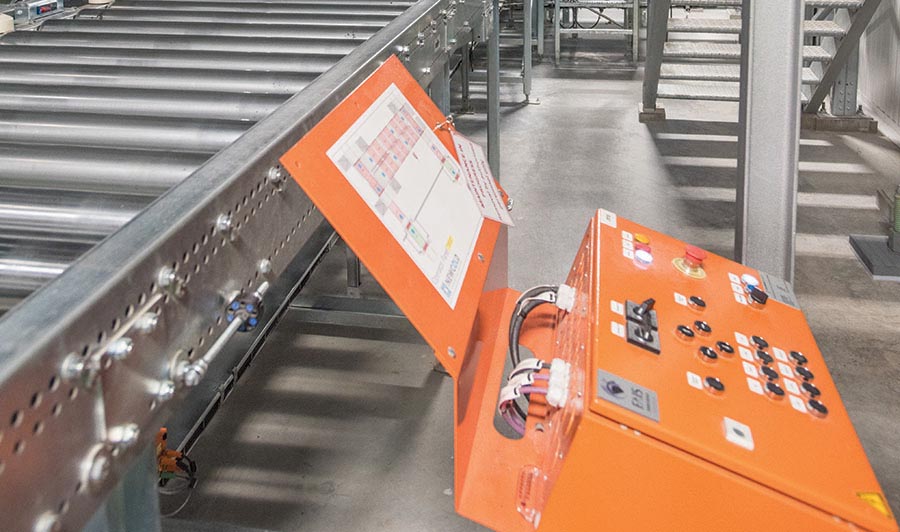
Pallets are conveyed to a weighing and scanning area before induction.
To handle the volumes now required, automation, especially high-bay warehouses using automated storage and retrieval stacker cranes, was the only way forward. They required less land, less labor and done right, used 50% less energy than a conventional facility. “We’re talking about the potential savings of millions of kilowatt hours per year per cold store,” Swarttouw says. “That’s huge.”
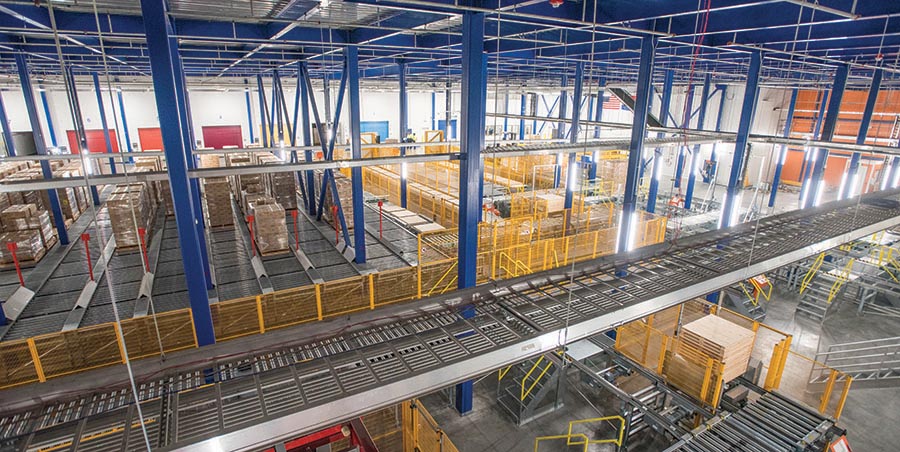
Pallets retrieved from the highbay AS/RS are staged for shipment.
A final piece was developing in-house capabilities around design, engineering, implementation and operations. That included the in-house development of a warehouse management system (WMS), warehouse control system (WCS) and programmable logic controller (PLC) technology for its automated warehouses. “We strongly believe you need to design an automated warehouse from the perspective of operating it,” Swarttouw says. “With that know-how, you get a lower cost to operate and a very high service level performance at the same time.” And, by controlling the software used to manage operations, “we’ve incorporated the lessons we’ve learned over the years into the software,” he says. “It’s plug and play.”
Collaborative design
The Burley facility is a greenfield operation built to support the logistics requirements of McCain Foods after the world’s largest processor of French fries expanded its Idaho operations with the most modern production lines in the world. As part of its design, McCain made a decision to allocate its space to what it does best—make French fries—and partner with a third-party logistics provider to build an off-site frozen cold storage solution to support the plant. In the spring of 2017, NewCold was one of the 3PL providers invited to respond to a request for proposal.
According to Swarttouw, the collaboration with McCain began while NewCold was putting together the proposal. “We held strategic workshops with McCain to understand their objectives and what they needed to service their customers and work with their transportation partners,” Swarttouw says. “That was at a high level, but the real work was digging into their data to create a strong baseline of assumptions of what the warehouse would be required to deliver.”
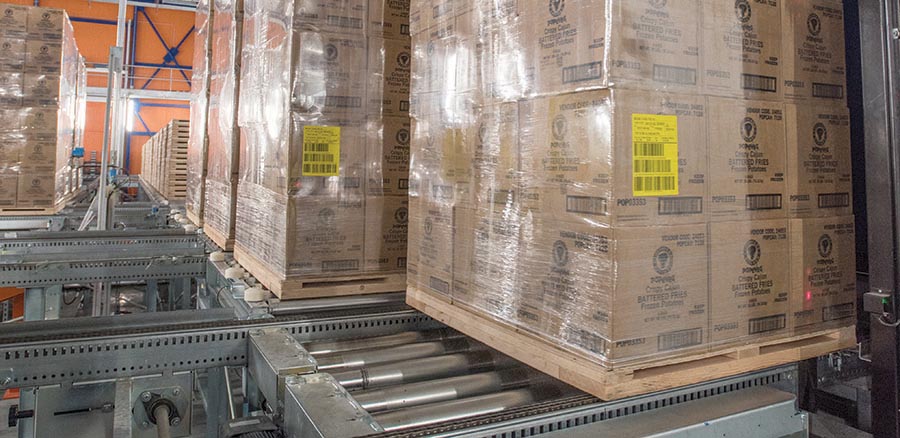
Newly received pallets from the plant are automatically conveyed to storage in the high-bay automated warehouse.
That investigation led to several priorities for the design.
First, scale was important. It was going to start out larger than McCain needed today to handle growth in the future.
Second, flexibility. Given the scale of the facility, the most economical design would be a multi-tenant facility with McCain as the lead customer. That meant a design that met McCain’s requirements now needed to be flexible enough to accommodate other customers in the future.
Third, sustainability. Yes, that meant being energy efficient. But the design also needed to mitigate the risk from external factors. In Burley, Idaho, a rural community with an unemployment rate below 2%, that also meant securing a workforce to operate and maintain the facility. Automation played a role there, too, since it enabled higher productivity of the people required to operate the facility, and an environment that was more conducive to work in than a typical cold storage facility.
The people in the process
When Jonas Swarttouw says that the mitigation of external risks was one of the goals for the new facility, one of those risks was securing labor and technical skills in a rural area with a 2% unemployment rate. Afterall, a high level of automation may reduce the number of people it takes to run the NewCold facility, but people are still crucial to operations like truck loading and pallet building. And, technicians keep everything running smoothly.
To get the facility up and running and train new associates, NewCold tapped the experience already in the organization. “We have a location in Tacoma, Wash., and we operate facilities in the U.K. and Australia for McCain,” Swarttouw says. “We sent people to those locations for training, and we brought in people from those locations to support us during the start-up period.”
Next, NewCold used community resources when possible, such as recruiters and local government organizations, to get the word out about opportunities at the new facility. And, once people began working there, new associates were often the best recruiters. “You find someone who is a great fit, and they know someone and bring them in,” Swarttouw says. He adds that some of their tech staff were originally from the area but had moved away for lack of opportunity. “We have several people who saw NewCold as an opportunity to move back to Burley,” he says.
The third was to create opportunities for career development. “Once you have the technology under control, you don’t need someone with a Ph.D. to run the software,” Swarttouw says. “We try to design in a way that enables more people to work with exciting technology, and some of the most talented people in our organization began their careers driving forklifts or picking boxes.”
The final design brought together several elements.
High-bay storage: The heart of the facility is the 140-foot-tall high-bay storage area, serviced by seven cranes and shuttles that deliver the pallets to 90,000 pallet positions. By aggregating storage in the high-bay, the facility has a relatively compact footprint at 180,000 square feet. That reduces the amount of lift truck travel within the facility.
Automatic truck loading and unloading: At the McCain facility, finished pallets are stretch-wrapped and staged on a chain conveyor system, and then automatically loaded onto similarly equipped trailers. At the NewCold facility, those pallets are automatically unloaded. Once pallets have been automatically weighed and scanned, they are conveyed to an induction point for storage in the AS/RS. Outbound trucks are still loaded by forklift at the NewCold facility because of the number of loading patterns required by transportation partners. “Our objective is to develop an information sharing process with the transportation providers that will further standardize processes,” Swarttouw says. “We designed for automated loading in the future.” Rail loading and unloading are also manual.
Semi-automated case picking: Cases for mixed case pallets are picked to pallet in a pick module. Replenishment of the pick module is automated: Donor pallets are retrieved from the AS/RS, delivered to the right level by an elevator, and then conveyed to and putaway into a storage slot by a stacker crane. Finished pallets are conveyed back to the AS/RS, where they’re stored until needed to load a truck.
Load staging: Once a transport provider books a pickup time for a load, full and mixed pallets are retrieved from the AS/RS and sent to staging lanes in the order they’ll be loaded onto the truck.
One other distinction is that unlike many freezer distribution centers, the whole DC is maintained at -5°F, including the docks and the pick module, rather than just the AS/RS. “Because the docks are frozen, we can utilize the AS/RS and conveyor system to automatically pre-stage loads before a trailer arrives,” Swarttouw explains. “That lets us load an outbound truck in less than an hour.”
At the end of the design period, NewCold was awarded the contract. They broke ground for the new facility in the spring of 2018 and began to receive product a year later.
With roughly eight months of operation, the facility is hitting its marks, with room to grow and improve. “I think we’ve proven that when you really collaborate throughout the entire project with your customer and your suppliers, you can deliver a successful implementation and startup,” Swarttouw says. “We think we’re at the next level of freezer warehouse distribution, but we’re also coming to a time when everyone will be looking at automation. It just makes sense in today’s environment.”

Article Topics
Automation News & Resources
Walmart chooses Swisslog AS/RS and software for third milk processing facility Lucas Watson appointed CSO for Körber’s Parcel Logistics business in North America 60 Seconds with Bob Trebilcock, outgoing executive editor, Modern Materials Handling Kathleen Phelps to join FORTNA as chief financial officer Coles automates grocery distribution in Australia 2024 Intralogistics Robotics Survey: Robot demand surges Warehouse automation extends life of cheese DC by a decade More AutomationLatest in Materials Handling
Registration open for Pack Expo International 2024 Walmart chooses Swisslog AS/RS and software for third milk processing facility NetLogistik partners with Vuzix subsidiary Moviynt to offer mobility solutions for warehouses Materials Handling Robotics: The new world of heterogeneous robotic integration BSLBATT is looking for new distributors and resellers worldwide Lucas Watson appointed CSO for Körber’s Parcel Logistics business in North America Hyster recognizes Dealers of Distinction for 2023 More Materials HandlingAbout the Author
Subscribe to Materials Handling Magazine

Find out what the world's most innovative companies are doing to improve productivity in their plants and distribution centers.
Start your FREE subscription today.
April 2024 Modern Materials Handling

Latest Resources


